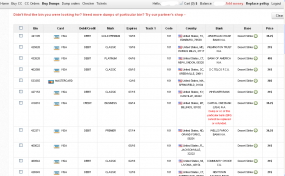Many companies believe that if they protect their intellectual property and customers’ information, they’ve done a decent job of safeguarding their crown jewels from attackers. But in an increasingly common scheme, cybercriminals are targeting the Human Resources departments at compromised organizations and rapidly filing fraudulent federal tax returns on all employees.
Last month, KrebsOnSecurity encountered a Web-based control panel that an organized criminal gang has been using to track bogus tax returns filed on behalf of employees at hacked companies whose HR departments had been relieved of W2 forms for all employees.
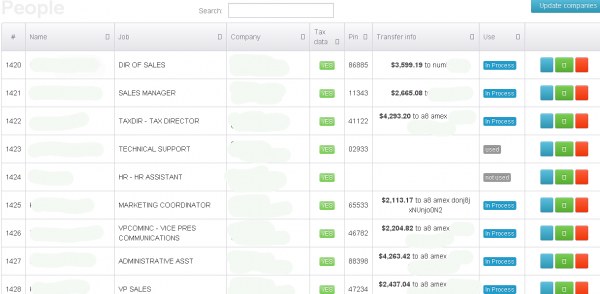
An obfuscated look at the he control panel for a tax fraud operation involving more than a half dozen victim organizations.
According to the control panel seen by this reporter, the scammers in charge of this scheme have hacked more than a half-dozen U.S. companies, filing fake tax returns on nearly every employee. At last count, this particular scam appears to stretch back to the beginning of this year’s tax filing season, and includes fraudulent returns filed on behalf of thousands of people — totaling more than $1 million in bogus returns.
The control panel includes a menu listing every employee’s W2 form, including all data needed to successfully file a return, such as the employee’s Social Security number, address, wages and employer identification number. Each fake return was apparently filed using the e-filing service provided by H&R Block, a major tax preparation and filing company. H&R Block did not return calls seeking comment for this story.
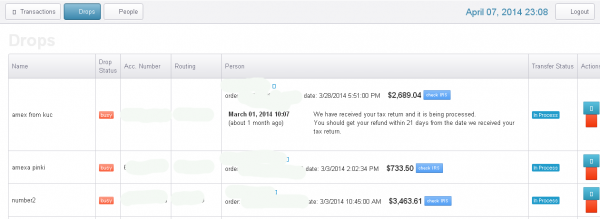
The “drops” page of this tax fraud operation lists the nicknames of the co-conspirators who agreed to “cash out” funds on the prepaid cards generated by the bogus returns — minus a small commission.
Fraudulent returns listed in the miscreants’ control panel that were successfully filed produced a specific five-digit tax filing Personal Identification Number (PIN) apparently generated by H&R Block’s online filing system. An examination of the panel suggests that successfully-filed returns are routed to prepaid American Express cards that are requested to be sent to addresses in the United States corresponding to specific “drops,” or co-conspirators in the scheme who have agreed to receive the prepaid cards and “cash out” the balance — minus their fee for processing the bogus returns.
Alex Holden, chief information security officer at Hold Security, said although tax fraud is nothing new, automating the exploitation of human resource systems for mass tax fraud is an innovation.
“The depth of this specific operation permits them to act as a malicious middle-man and tax preparation company to be an unwitting ‘underwriter’ of this crime,” Holden said. “And the victims maybe exploited not only for 2013 tax year but also down the road, and perhaps subject of higher scrutiny by IRS — not to mention potential financial losses. Companies should look at their human resource infrastructure to ensure that payroll, taxes, financial, medical, and other benefits are afforded the same level of protection as their other mission-critical assets.” Continue reading






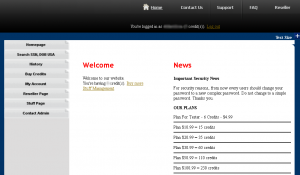
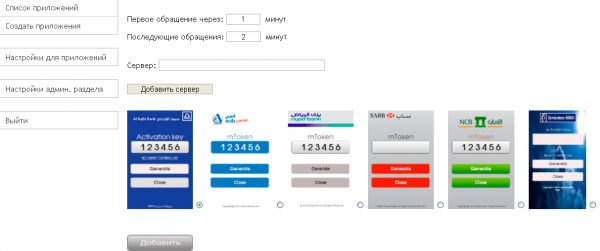
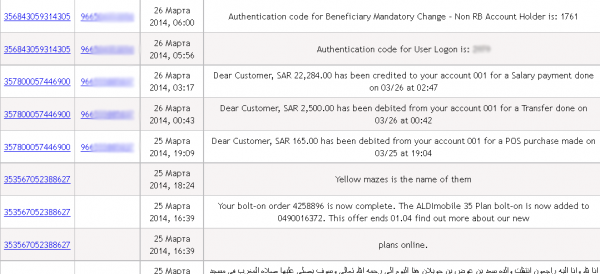

![The administration page of ssndob[dot]ru. Note the logged in user, ssndob@ssa.gov, is the administrator.](https://krebsonsecurity.com/wp-content/uploads/2014/03/ssndobadmin-600x444.png)
